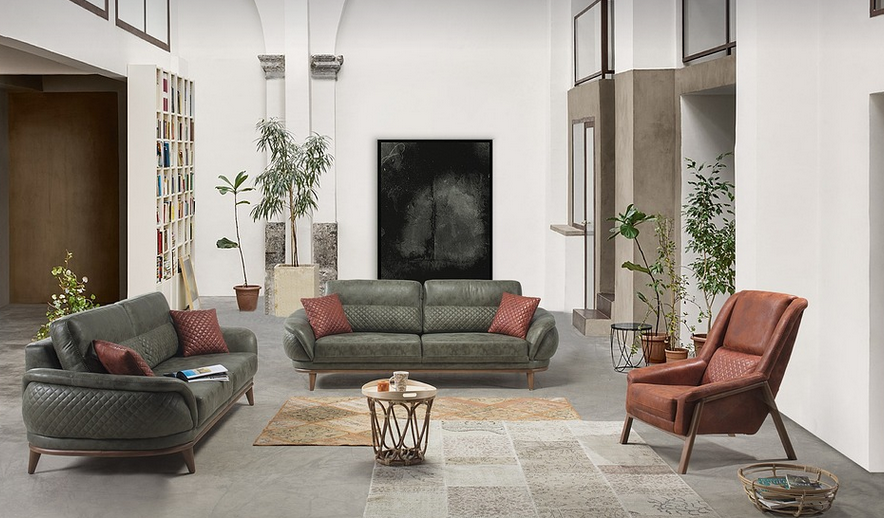Unveiling the Elegance of Mother of Pearl
There’s a certain enchantment to mother of pearl china, isn’t there? It’s like holding a piece of the ocean itself in your hands. The intricate designs and subtle shimmer evoke a sense of natural beauty and quiet sophistication that transcends time. But what exactly makes this art form so captivating? Let’s delve into the world of mother of pearl china.
At its core, mother of pearl china is a testament to artistry and craftsmanship. It involves layering delicate sheets of porcelain with meticulously carved mother-of-pearl (also known as nacre) layers. This process demands incredible skill and precision. Imagine the intricate patterns of sea life, swirling colors of coral reefs, or the subtle sheen of iridescent gems all beautifully captured in porcelain.
The secret lies in the unique structure of mother-of-pearl. This shimmering substance is composed of microscopic microscopic layers of calcium carbonate that reflect light in fascinating ways. Imagine a tiny prism reflecting rainbows; this is the essence of mother-of-pearl’s beauty, and it’s what gives these pieces their captivating shimmer.
The origins of mother of pearl china are deeply rooted in history. It flourished during the Tang Dynasty in China, where intricate porcelain vessels were adorned with nacre-based embellishments. The art form gained global recognition during the 18th and 19th centuries, particularly in Japan, where masters carved delicate floral motifs, swirling calligraphy, and elegant landscapes onto these exquisite pieces.
But why is mother of pearl china so enduringly popular? It’s not just about the beauty; it’s a combination of artistry, tradition, and a touch of magic. The delicate interplay of light and shadow creates mesmerizing effects that truly captivate the eye. Each piece feels like a unique masterpiece, whispering stories of timeless elegance.
The cultural significance of mother of pearl china is undeniable. It serves as a symbol of refinement, sophistication, and artistry. For centuries, it has adorned royal palaces, private collections, and treasured heirlooms. The delicate beauty of these pieces evokes feelings of reverence, respect, and appreciation for the finer things in life.
For collectors and enthusiasts, mother of pearl china offers a unique blend of history, art, and personal connection. Owning a piece is akin to holding a tiny window into an artistic era that transcends time. As you hold it in your hands, you become part of the rich legacy of this iconic art form.
Types of Mother-of-Pearl China and Their Unique Charms
Mother-of-pearl china is not a one-size fits all phenomenon. There are numerous styles and techniques that have been perfected over the centuries, each with its own distinct appeal.
* **Traditional Japanese Techniques:** These masters of the craft use delicate hand-carving techniques to create intricate designs inspired by nature. You’ll find delicate chrysanthemums blooming on a porcelain vase, or waves crashing on a tranquil shore captured in exquisite detail.
* **Chinese Influences:** Chinese mother-of-pearl china often reflects a sense of grandeur and opulence. Think elaborate dragon motifs entwining with swirling clouds, or scenes of mythical creatures emerging from intricate patterns.
* **Modern Interpretations:** Contemporary artists are taking their inspiration from the beauty of mother-of-pearl. They’re pushing boundaries with bold colors, innovative shapes, and a fresh perspective on this timeless art form.
* **The Influence of Culture:** Just as the techniques vary in style and approach, so do the cultural influences that shape them. The delicate beauty of Japanese porcelain is often influenced by their reverence for nature’s subtle details. Meanwhile, Chinese mother-of-pearl china often reflects a sense of grandeur and opulence.
* **Exploring Different Styles:** As you delve deeper into the world of mother-of-pearl china, remember each piece tells a story waiting to be discovered. From traditional techniques to modern interpretations, there’s a style out there for every taste and preference.
Beyond the Beauty: A Glimpse into Mother-of-Pearl China’s Historical Significance
The allure of mother-of-pearl china goes beyond its captivating beauty. It holds historical significance that speaks to the rich cultural heritage of these nations.
**Historical Context:** Early examples from the Tang Dynasty in China showcase this beautiful art form. It served as a symbol of status and prosperity, gracing royal tables and private collections.
**Cultural Significance:** These pieces often held deep cultural significance within their respective societies. They were not merely decorative objects; they served as vessels of stories, emotions, and traditions that transcended the material world. The intricate designs and symbolism on these pieces often embodied cultural narratives.
**Historical Preservation:** Many pieces from this era have survived centuries, becoming treasured heirlooms and museum exhibits. These artifacts provide a window into the past, offering invaluable insights into the artistic styles, social hierarchies, and cultural beliefs of bygone eras.
Where to Discover Mother-of-Pearl China
There’s a diverse world waiting for you to explore if you’re fascinated by mother-of-pearl china. Many museums, galleries, and antique shops hold these treasures.
* **Museums:** Some of the finest museum collections dedicated specifically to Chinese art might include mother-of-pearl pieces. These curated institutions often offer a unique glimpse into the evolution of this beautiful art form.
* **Antique Shops:** These stores are often treasure troves for collectors and enthusiasts. You’ll find a wide range of styles, eras, and price points, making it an exciting search for your favorite pieces.
* **Online Platforms:** The internet has broadened the reach of mother-of-pearl china, providing access to a global community of buyers and sellers.
Caring for Your Mother-of-Pearl China: A Few Essential Tips
While these treasures are meant to be admired, proper care will enhance their lifespan and preserve their beauty. Here’s what you should keep in mind:
* **Gentle Handling:** Always handle your mother-of-pearl china with a light touch. Avoid using harsh detergents or abrasive cleaners. These can damage the delicate surface.
